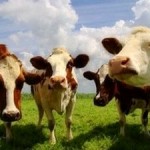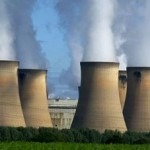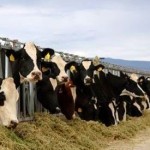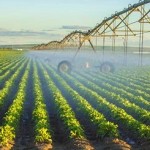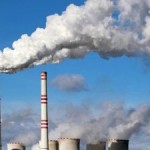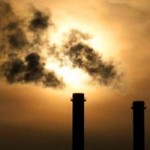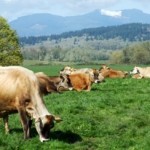
Washington, D.C. – Eating meat contributes to climate change, due to greenhouse gases emitted by livestock. New research finds that livestock emissions are on the rise and that beef cattle are responsible for far more greenhouse gas emissions than other types of animals. It is published by Climatic Change.
Carbon dioxide is the most-prevalent gas when it comes to climate change. It is released by vehicles, industry, and forest removal and comprises the greatest portion of greenhouse gas totals. But methane and nitrous oxide are also greenhouse gases and account for approximately 28 percent of global warming activity.
Methane and nitrous oxide are released, in part, by livestock. Animals release methane as a result of microorganisms that are involved in their digestive processes and nitrous oxide from decomposing manure. These two gases are responsible for a quarter of these non-carbon dioxide gas emissions and 9 percent of total greenhouse gas emissions overall.
The research team, including Dario Caro, formerly of Carnegie and now at the University of Siena in Italy, and Carnegie’s Ken Caldeira, estimated the greenhouse gas emissions related to livestock in 237 countries over nearly half a century and found that livestock emissions increased by 51 percent over this period.
They found a stark difference between livestock-related emissions in the developing world, which accounts for most of this increase, and that released by developed countries. This is expected to increase further going forward, as demand for meat, dairy products, and eggs is predicted by some scientists to double by 2050. By contrast, developed countries reached maximum livestock emissions in the 1970s and have been in decline since that time.
“The developing world is getting better at reducing greenhouse emissions caused by each animal, but this improvement is not keeping up with the increasing demand for meat,” said Caro. “As a result, greenhouse gas emissions from livestock keep going up and up in much of the developing world.”
Breaking it down by animal, beef and dairy cattle comprised 74 percent of livestock-related greenhouse gas emissions, 54 percent coming from beef cattle and 17 percent from dairy cattle. Part of this is due to the abundance of cows, but it is also because cattle emit greater quantities of methane and nitrous oxide than other animals. Sheep comprised 9 percent, buffalo 7 percent, pigs 5 percent, and goats 4 percent.
“That tasty hamburger is the real culprit,” Caldeira said. “It might be better for the environment if we all became vegetarians, but a lot of improvement could come from eating pork or chicken instead of beef.”
Check the following link to read/download the Full Study – “Global and Regional Trends in Greenhouse Gas Emissions from Livestock”:
http://link.springer.com/article/10.1007/s10584-014-1197-x
Source: Carnegie Institution of Washington.
The Carnegie Institution for Science is a private, non-profit organization headquartered in Washington, D.C., with six research departments throughout the U.S. Since its founding in 1902, the Carnegie Institution has been a pioneering force in basic scientific research. Carnegie scientists are leaders in plant biology, developmental biology, astronomy, materials science, global ecology, and Earth and planetary science. For more information, visit http://carnegiescience.edu.

